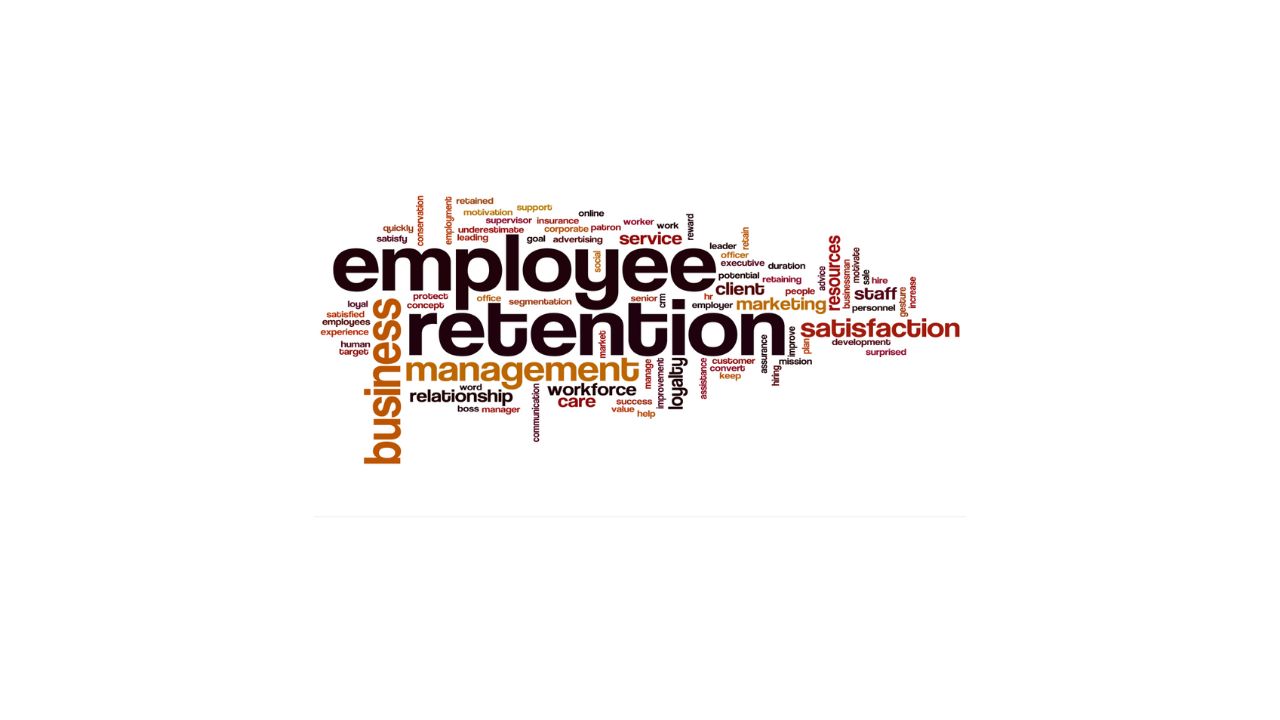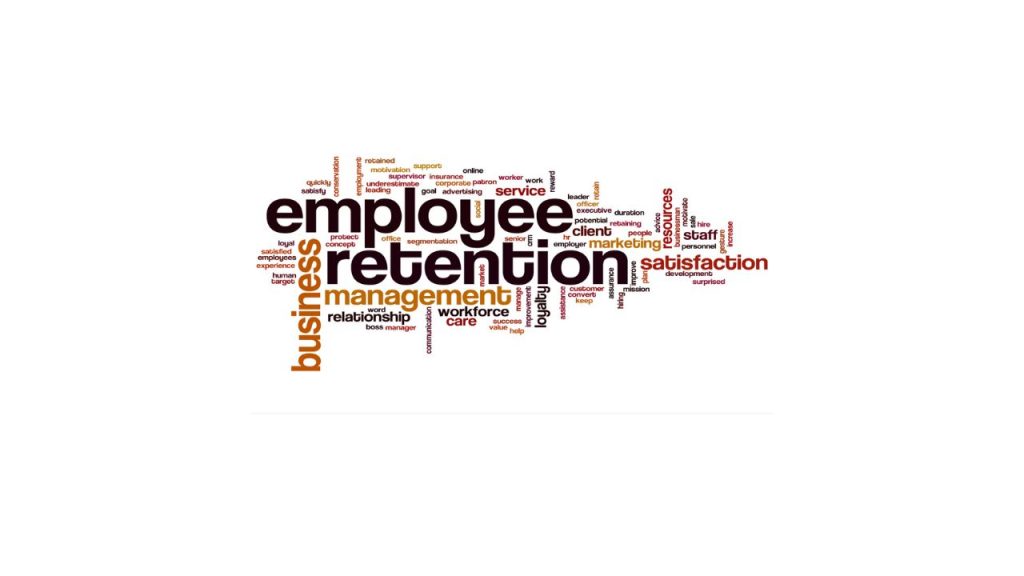As the younger generation of workers gains a larger share of the workforce, businesses face increasing challenges in meeting the requirements and wants of their workforce. In the end, keeping and engaging talent is their biggest challenge rather than finding new hires. According to a Gallup survey, companies that are effective in attracting and keeping top talent have workers who perform 147% better than their peers.

Nowadays, workers want a deeper sense of meaning in their work than can be found in a salary. Rather, they are looking to work for an organization that is dedicated to helping them advance. To stay competitive and lower turnover, employers need to rethink the present employee experience. They have to treat their staff like customers and see them as such if they want to succeed in keeping top talent.
Making an employee trip map is the most efficient method to accomplish this. This charts an employee’s journey with an organization, offering touchpoints that function as a roadmap for accomplishing subsequent objectives. r professional objectives while maintaining their drive to meet them.
These three components are essential for developing a successful employee journey map that will boost retention and loyalty.
Co-Create An Effective Strategy
A well-thought-out plan that benefits the organization and the individual is designed by the manager and employee together when they co-create a successful strategy. Supervisors who possess a deeper comprehension of their workers’ desires are more equipped to assist them in realizing those desires through accountability, advice, feedback, and communication.
To create an effective plan and have a clear idea of the desired outcome, the management and employees must collaborate to set goals and objectives. Setting objectives starts with both the management and the employee having a clear understanding of the big picture. This calls for teamwork to ensure that everyone is aware of their roles and responsibilities.
According to the Harvard Business Review, determining the gaps between an employee’s current position and their desired destination is the most important step in mapping out their employee experience. Employers should endeavour to match business objectives with employees’ intended goals after assessing strengths, weaknesses, and gaps.
Develop a Roadmap with Achievable Milestones
Defining the necessary steps to reach the destination comes next when the approach has become clear. This entails being as detailed and precise as you can be, ensuring that there are no ambiguities or confusion. Together, managers and staff should set goals and make a schedule of milestones to strive for.
Using a timeline as a guide, you may track the employee’s progress and assist them in understanding where they’ve come from and where they still need to go. An effective employee roadmap “clearly outlines the employee experience from end-to-end, helps to identify areas for improvement, and brings awareness to the good and bad parts of the employee experience,” according to Annette Franz of CX Journey.
A roadmap’s main goal is to encourage staff members to step outside of their comfort zones and do new things while realizing their full potential. “Provide employees with an ongoing mechanism to enhance their skills and knowledge that can lead to mastery of their current jobs, promotions, and transfers to new or different positions,” states SHRM, describing effective roadmaps.
Create an Authentic Feedback Loop
Supervisors ought to take the initiative to establish a positive working relationship with their staff that is built on honest communication. They may accomplish this by giving their staff members the ownership and accountability they deserve, along with the instruments and resources necessary to best assist them on their path. According to a Gallup survey, managers who make the effort to develop genuine connections and trust with their staff members increase revenues for their organizations by 48%.
Each manager-employee connection must be successful by creating a positive feedback loop. The components of an effective employee feedback loop are coaching sessions, transparency, and check-ins. These should take place regularly and reliably to find out how satisfied their staff member is, as well as to figure out how to help them in areas where they are struggling and recognize their accomplishments.
Giving the employee coaching demonstrates to them how much you cherish and support their professional progress. The advantage of coaching is that it helps them identify areas for improvement and increase their skills. According to a Gallup poll, 87% of millennials believe that development is important, and “their manager is their number one source of development.”
Not only is the workplace culture being redefined by the younger generation of workers, but the manager-employee dynamic is also evolving. In an effort to help staff members progress within the organization, increase productivity, and nurture existing talent, managers have adopted the roles of coaches, leaders, mentors, and career ambassadors. Putting these three crucial tactics into practice is the best method to let staff members know how much you appreciate them while also boosting engagement, loyalty, and retention.
Read Also – Projected Salary Increase in Malaysia in 2024: New Wage Dates in Malaysia



